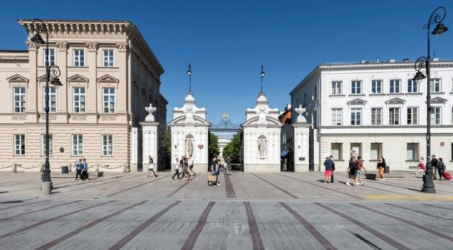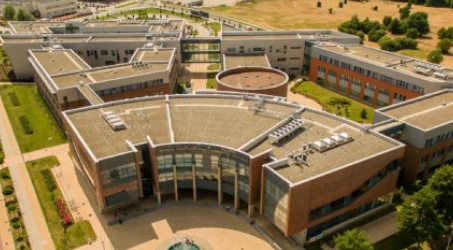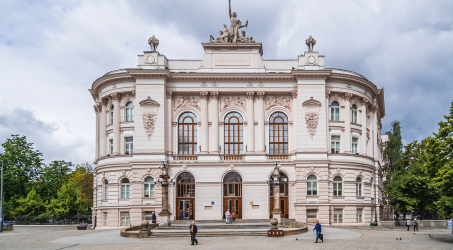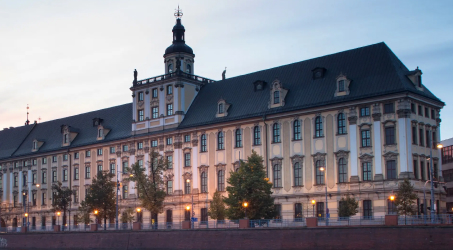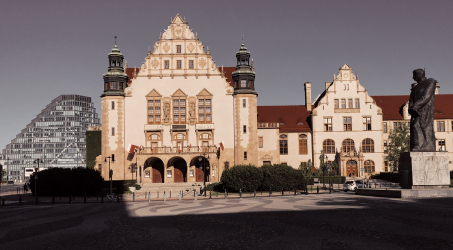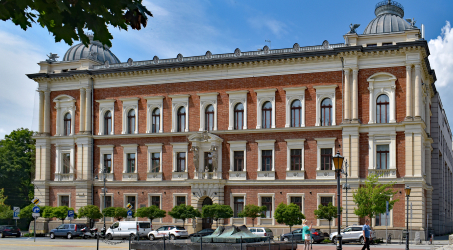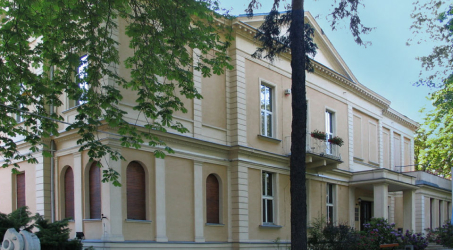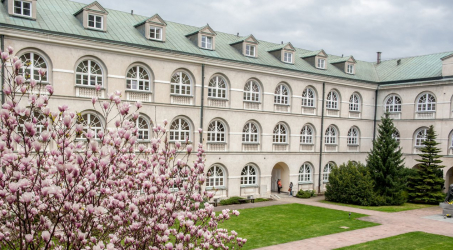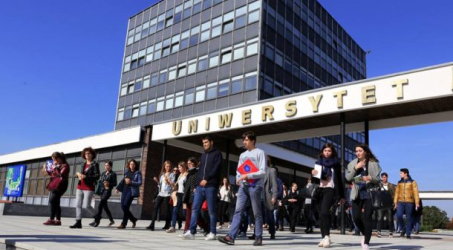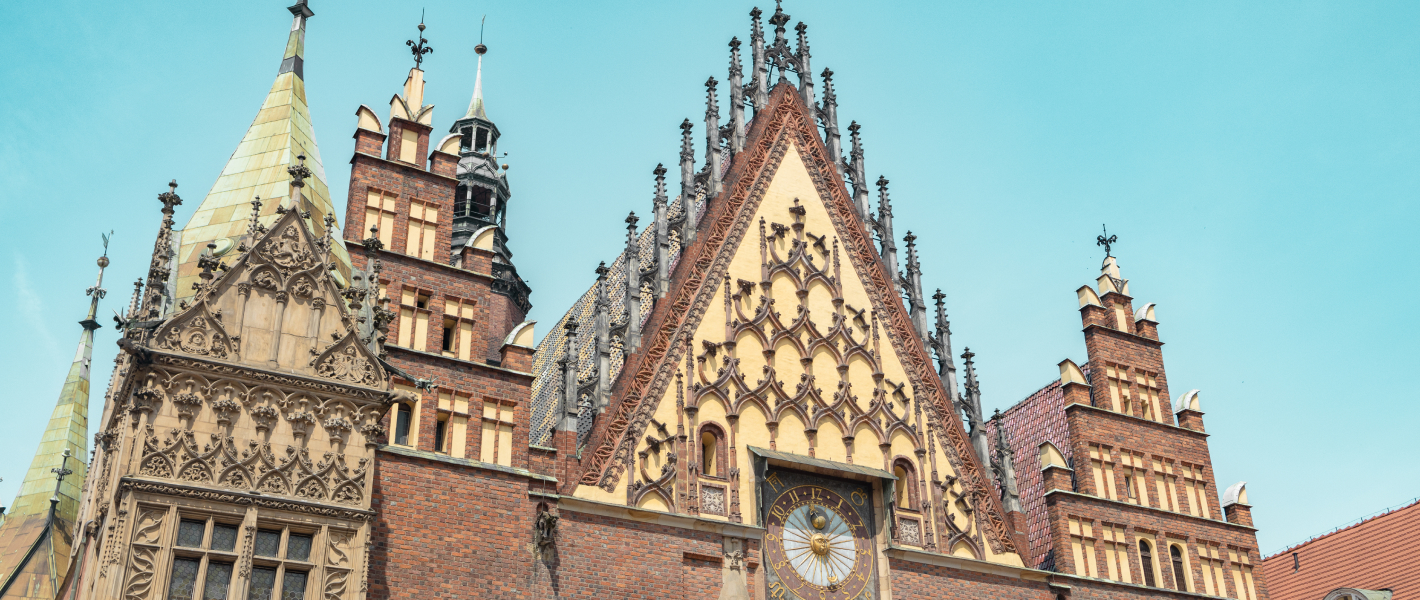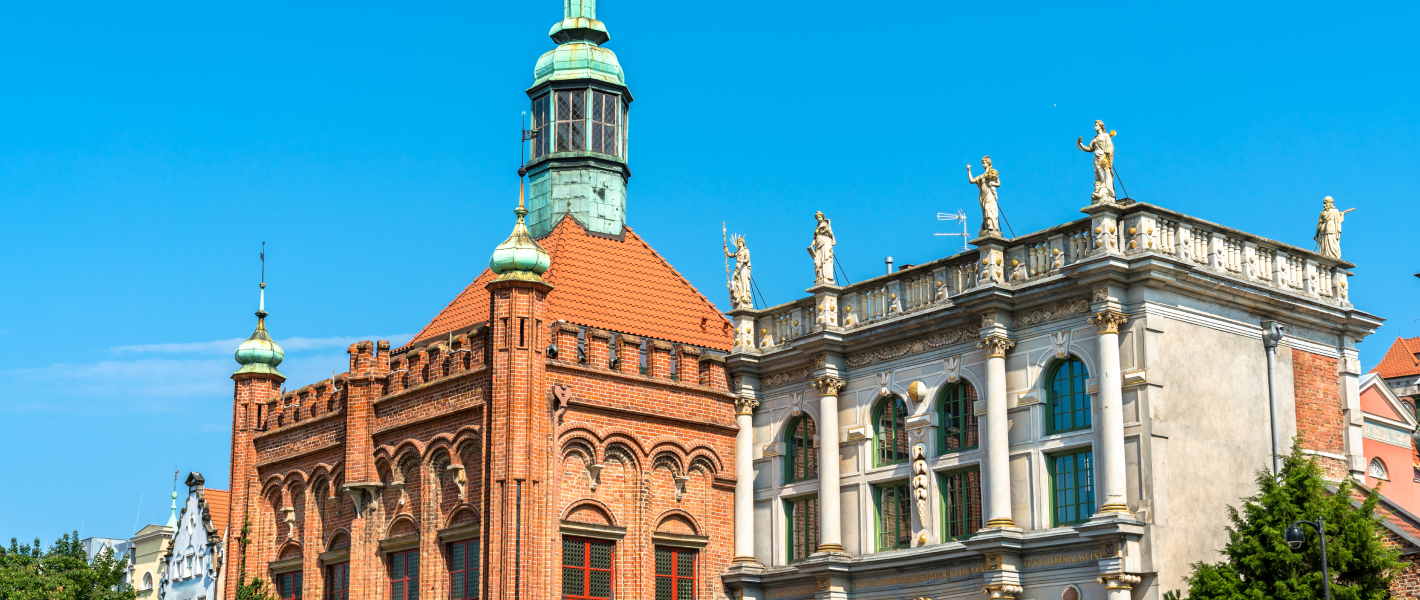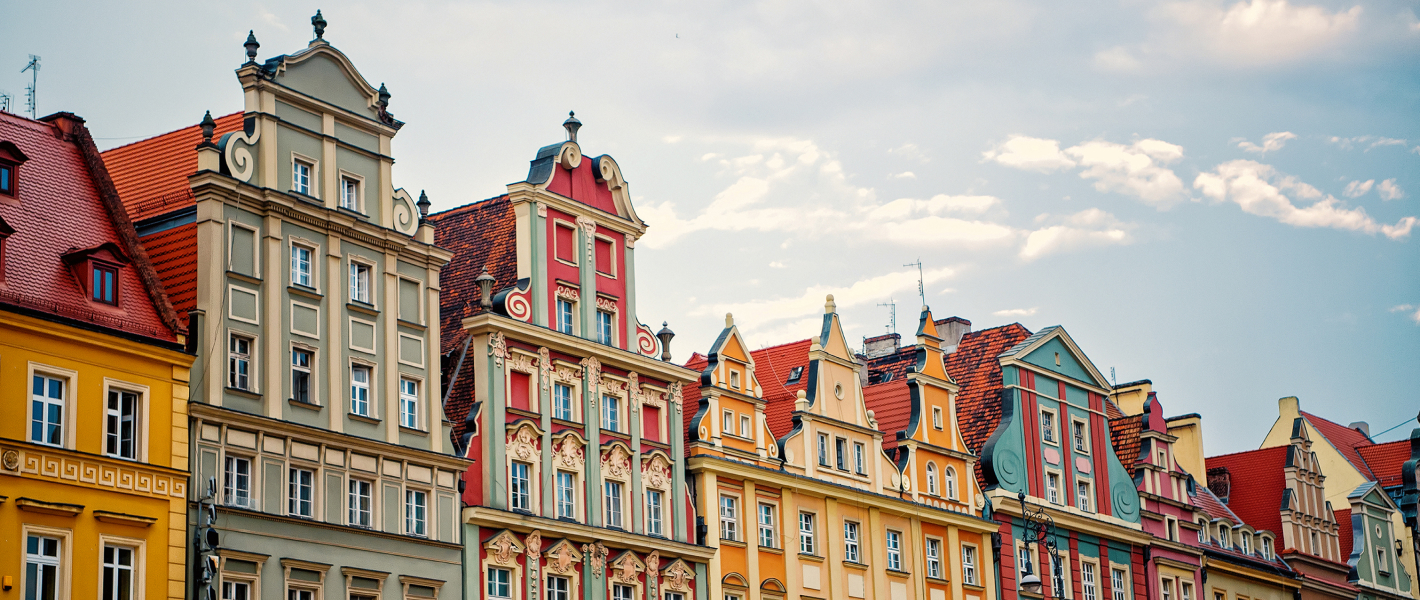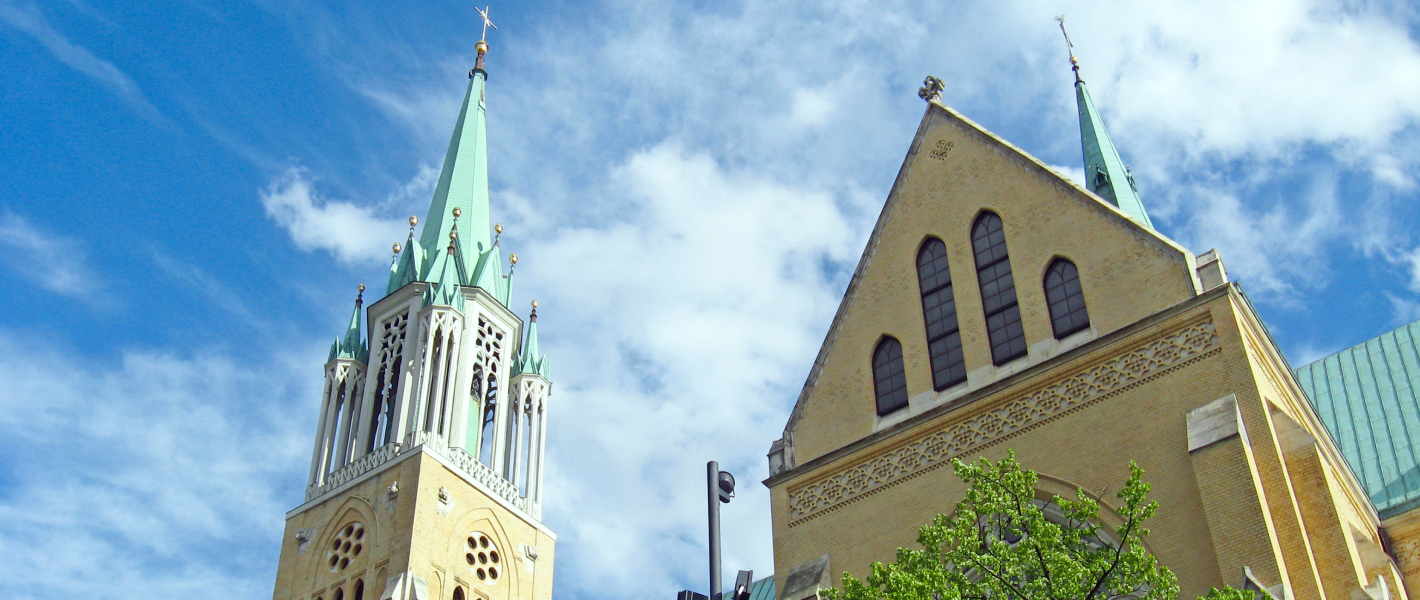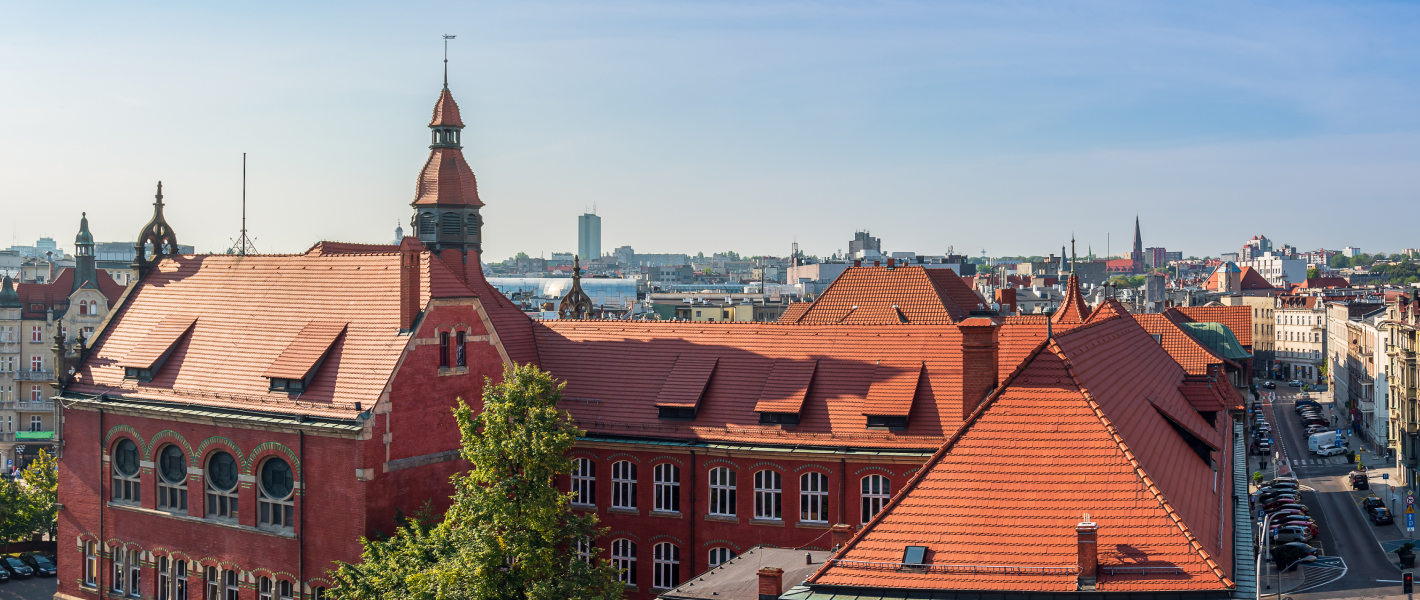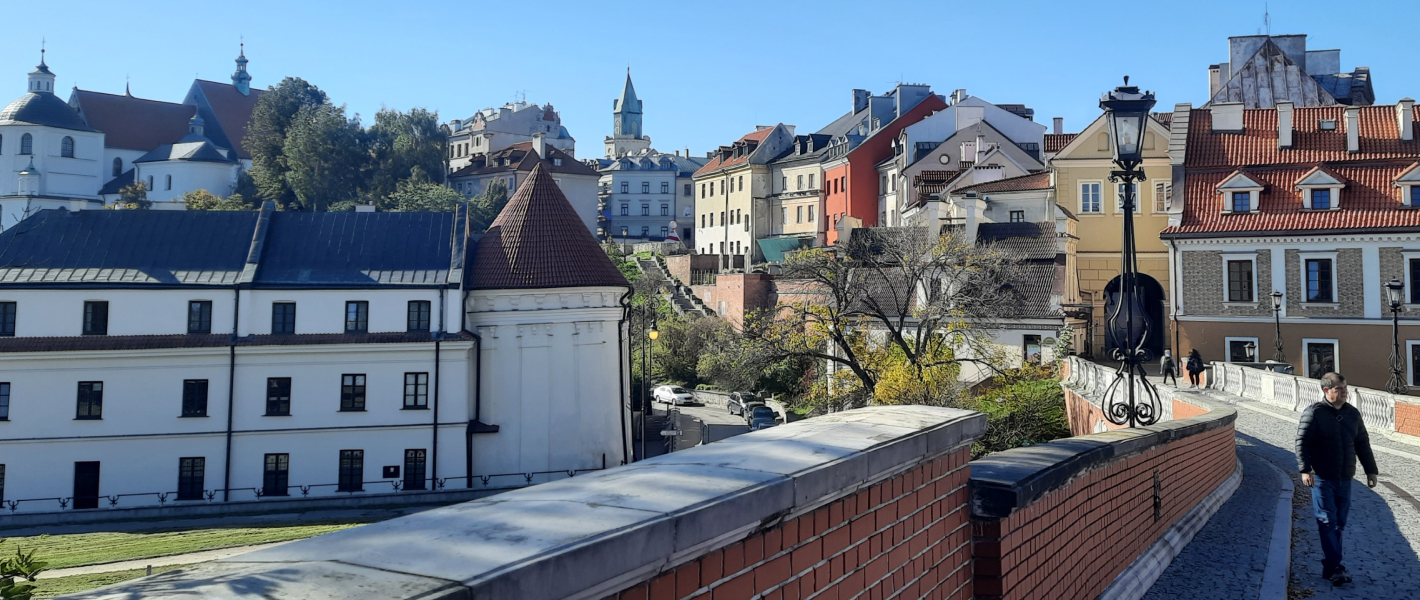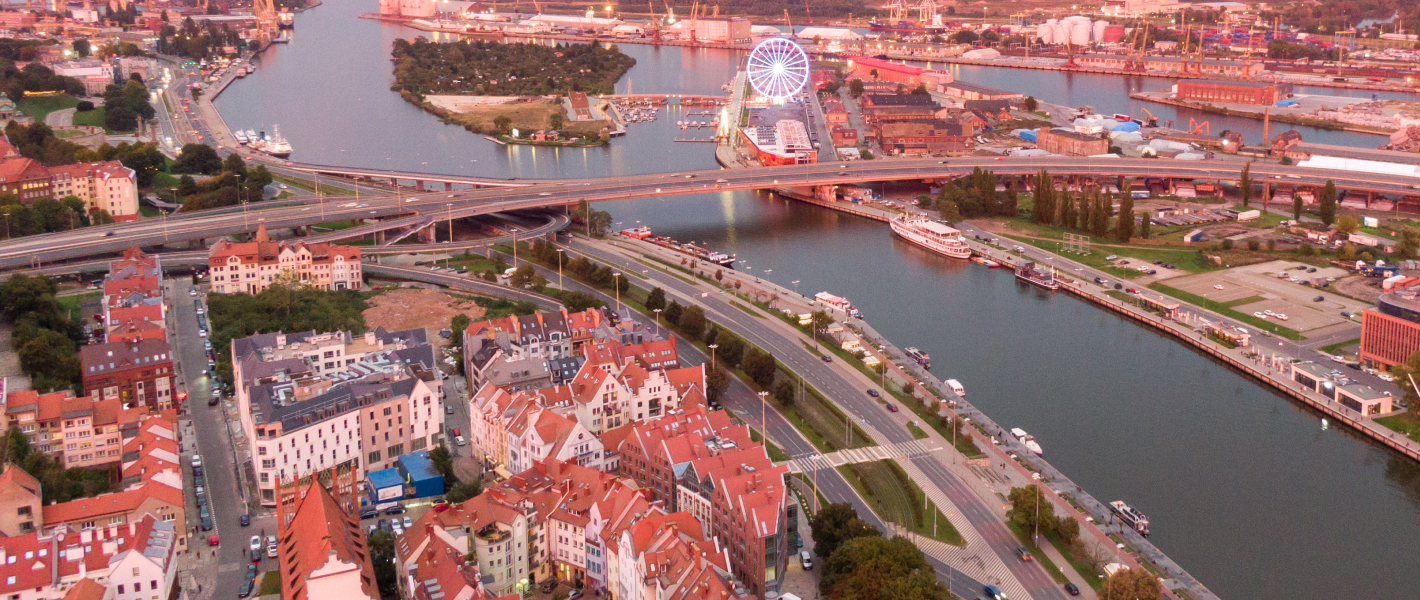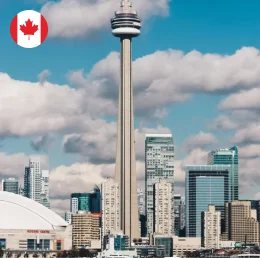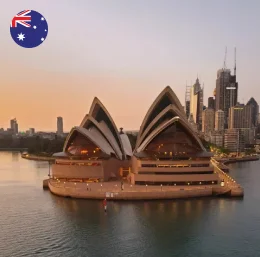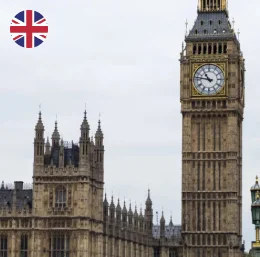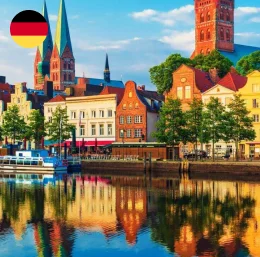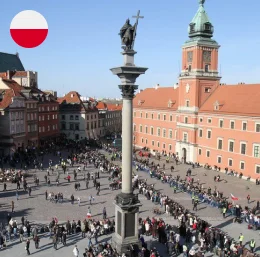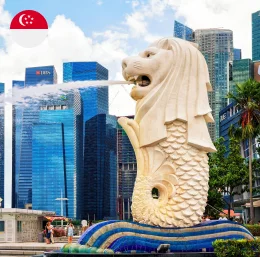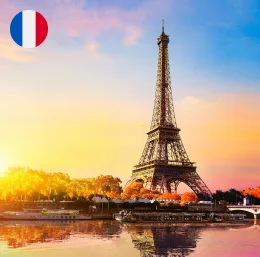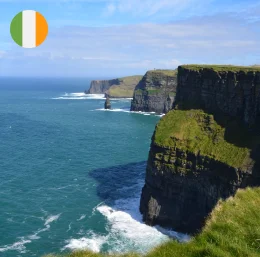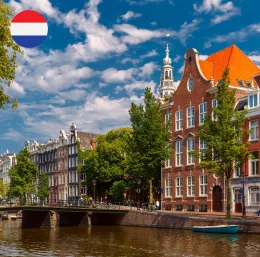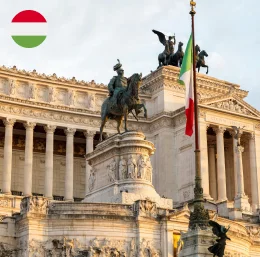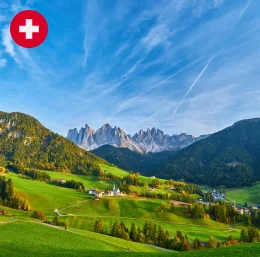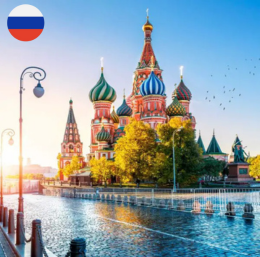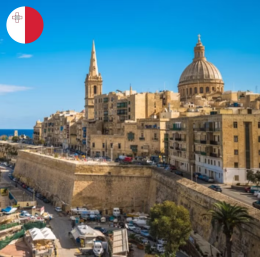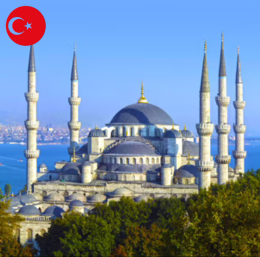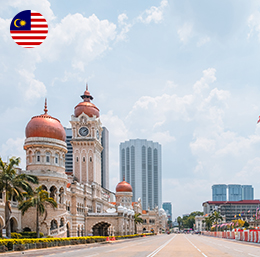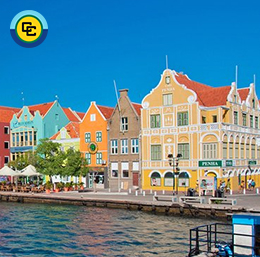Study in Poland: “Your Comprehensive Study Guide

Are you considering studying in Poland? Look no further! Poland has become an increasingly popular destination for international students, offering high-quality education, a vibrant culture, and affordable living costs. In this guide, we will explore the benefits of studying in Poland and the various opportunities available to international students.
Navigating studying abroad can be overwhelming, especially regarding visas and work permits. That’s where immigration consultants specialising in study visa applications for Poland come into play. These professionals are well-versed in the intricacies of the application process and can provide valuable guidance to ensure a smooth transition to your chosen educational institution.

Why study in Poland?
One of the key advantages of studying in Poland is the opportunity for international students to work part-time while pursuing their studies. With a valid student visa, you may be eligible for a work permit to gain practical experience and supplement your finances in Poland. This not only provides financial support but also enhances your resume with valuable international work experience.
Advanced Quality of Education: Poland is home to more than 450 higher education institutions and is one of the most popular study destinations in Europe. The Polish education system follows the standards set by the Bologna process, and thus, the degrees earned are recognised internationally. Polish academic institutions emphasise the essentiality of gaining practical knowledge, creative skills, and exposure to theoretical knowledge.
Affordable Tuition Costs: Compared with other European study destinations, Poland is considered a cheaper option. The high quality of education exceeds the costs, which makes Poland one of the great options for pursuing studies.
Vibrant Culture: Poland is home to a rich and glorious culture, a core part of Western civilization. The country’s great leaders and personalities have contributed massively to art, music, philosophy, science, and literature.
Economical Living Costs: Apart from tuition fees, the cost of living in Poland is also relatively lower compared to other European countries.
Growing Educational Sector: Poland’s educational sector is increasing, offering many opportunities for international students.
Scholarships: Numerous scholarships are available for international students, which can further reduce the financial burden.
Delicious Cuisines: Polish cuisine is diverse and delicious, offering many dishes.
Aesthetic Cities: Polish cities are known for their aesthetic beauty and historical significance1.
Studying in Poland offers numerous advantages, including access to exceptional academic programs, a vibrant learning environment, and opportunities for collaboration and networking with institutions worldwide.
Top Universities In Poland

How to Apply to Study in Poland from India?
To apply to study in Poland from India, you will need to follow these steps:
Choose a university and program. There are many public and private universities in Poland offering a wide range of programs in English and Polish. You can search for universities and programs on the website of the Polish Ministry of Science and Higher Education.
Check the eligibility requirements. The eligibility requirements for each program may vary, but they typically include:
- A completed high school diploma or equivalent
- A valid passport
- Proof of English language proficiency (IELTS, TOEFL, or PTE)
- Proof of financial resources to support yourself during your studies Apply.
You can apply directly to the university of your choice or through a study abroad agency. The application process will vary depending on the university, but it will typically involve submitting the following documents:
- Completed application form
- Official transcripts and diplomas
- Proof of English language proficiency
- Proof of financial resources
- Personal statement

Apply for a student visa. Once accepted to a university program, you must apply for a student visa at the Polish embassy or consulate in India. The visa application process will involve submitting the following documents:
- Valid passport
- Completed visa application form
- Passport size photos
- Letter of acceptance from the university
- Proof of financial resources
- Medical insurance
- Proof of accommodation
- Once granted a student visa, you can travel to Poland and begin your studies.
Here are some additional tips for applying to study in Poland from India:
Start planning early. The application process can take several months, so it is essential to start planning early.
Gather all of the required documents in advance. This will help to ensure that your application is processed quickly and efficiently.
Be prepared for an interview. Some universities may interview applicants as part of the admissions process.
Learn some basic Polish phrases. This will show the university that you are serious about studying in Poland and that you are willing to make an effort to integrate into Polish culture.

Visa Validity
The validity of a Poland study visa is up to 1-year maximum. The key can be extended as per the course that is being acquired by the applicant. For short-term classes, the validity varies from 3 months to 6 months. Students can develop their national student visa’s validity by applying for a TRP (Temporary Residence Permit) within three months of arriving in the country, which allows them to stay for an additional two years. Your first permit will be valid for 15 months but can be renewed for up to three years, but not longer than the remainder of your studies.
Costs of Study in Poland
Poland provides cheap education alternatives for International students, with tuition prices varied by program and institution. Bachelor’s degree studies normally cost between €1,500 and €5,000 per year, whilst Master’s programs cost between €2,000 and €6,000.
Tuition rates in specialized disciplines like medicine or engineering may be expensive. Living expenditures in Poland are quite modest when compared to other European nations, ranging between €350 and €550 per month. This costs includes accommodations, meals, transportation, and other personal costs.
Larger cities, such as Warsaw or Krakow, may demand a monthly budget ranging from €500 to €850. Accommodation expenses vary, with student residence halls ranging from €60 to €150 per month and private rentals costing more.
Employment Opportunities for International Students in Poland.
Poland is a growing economy with a strong demand for skilled workers. This means there are many employment opportunities for international students in Poland, both during and after their studies.
Part-time jobs:
International students in Poland are allowed to work part-time during their studies. This is a great way to earn extra money and gain valuable work experience. Some popular part-time jobs for international students include:
- Working in the hospitality industry (e.g., hotels, restaurants, bars)
- Working in retail
- Working as a tutor
- Working as a freelance writer or translator
Internships:
Internships are a great way to gain practical experience in your field of study and make professional connections. Many companies in Poland offer internships to international students. You can find internships by searching online job boards or by contacting companies directly.
Full-time jobs:
After graduation, international students can apply for full-time jobs in Poland. There are many job opportunities available in a variety of industries, including:
- IT and technology
- Business and Finance
- Engineering
- Healthcare
- Education
- Tourism
To be eligible for a full-time job in Poland, international students must have a valid work permit.
Work permits can be obtained from the local Voivodeship Office.
Here are some tips for finding employment in Poland as an international student:
Start your job search early. The job market in Poland can be competitive, so it is essential to start your job search early.
Network with other international students and professionals in your field. Networking is a great way to learn about job opportunities and connect with potential employers.
Polish your resume and cover letter. Ensure your resume and cover letter are tailored to the specific jobs you are applying for.
Be prepared to answer questions about your work experience and skills in the interview.
Frequently Asked Questions?
Conclusion
In conclusion, applying for a student visa to study in Poland involves several key steps, including securing admission to a Polish university, gathering the required documents, and submitting your visa application to the nearest Polish consulate or embassy. The visa’s validity depends on the type of visa (short-term or long-term) and the duration of your study program. It is crucial to stay updated with the latest visa requirements and procedures as they may change over time. Be well-prepared, follow the guidelines, and contact the relevant authorities for accurate and up-to-date information to ensure a smooth and successful application process for your educational journey in Poland.
Contact Us
Have questions or need assistance? Contact us today.
We're here to help you with your immigration and
education journey. Reach out to Rao Consultants for
expert guidance.
EMAIL US
contact@raoconsultants.comSPEAK WITH EXPERT
(079) 67 444 444CHAT WITH EXPERT
+91 7573 008 888Contact-us
"*" indicates required fields
